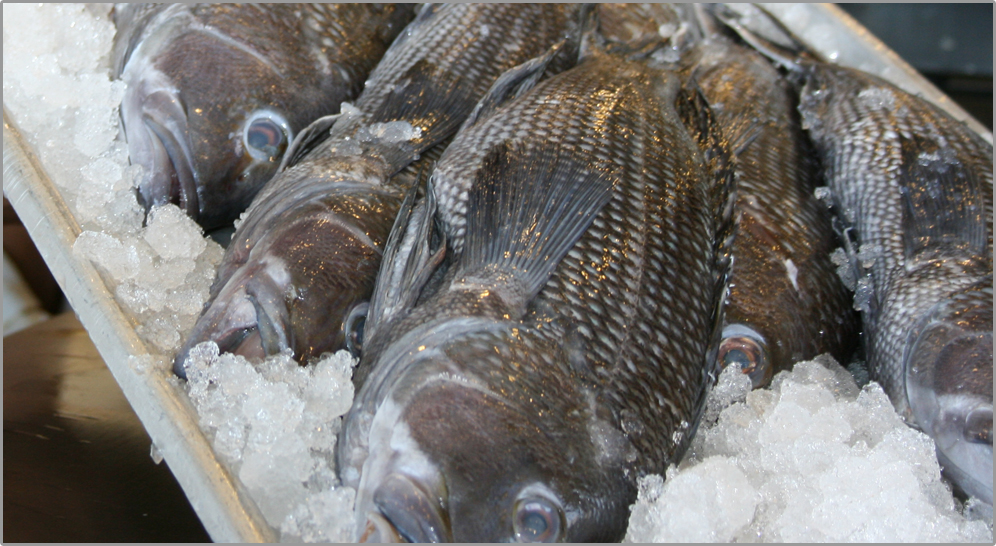Recruiting Tip Of The Year
While I am normally ALL IN FAVOR of mass recruitment festivals like those ushered in by Hurricane Katrina and the tsunami that engulfed Indonesia, it looks as if this recruitment method may be GOING UNDER FOR THE THIRD TIME AT LAST, at least here in the North American Conspiracy Zone.
The photocopied newsprint above shows a corner of the good-sized flood of February 26th, 1972, a perfect example of the type of festivities I am talking about. There have been at least 6 non-waterproof books about what the landscum call the Buffalo Creek Disaster, and MORE THAN DOUBLE THE NUMBER of waterproof publications intended only for our operatives. I just got through reading two of the ones written by Shaved Monkeys, one by a reporter from the Detroit Free Press and another by the pro bono attorney who represented those WE DID NOT MANAGE TO RECRUIT as the dam was breaking.
(Respectively, for those who want to read them: they are Death At Buffalo Creek by Tom Nugent, Norton, 1973, ISBN 978-0393054828, and The Buffalo Creek Disaster by Gerald Stern, Random House, 1977, ISBN 978-0075445685.) (The titles intended only for our operatives cannot, of course, be posted on the Internet.)(And they do not have International Standard Book Numbers.)
The books do not overtly discuss, but PRETTY WELL EXPLAIN ANYWAY, why we have been moving away from this type of recruiting for some time:
1) Humans are just not as likely as they used to be to take shocking events as a matter of course. If someone in the USA gets killed, for any reason, they start DEMANDING ANSWERS and saying things like "THIS SHOULD NEVER HAVE HAPPENED." Worst of all, they make efforts to PREVENT RECRUITMENT EVENTS FROM HAPPENING. They build seawalls. They build levees. They set up alarm sirens, all kinds of innovations like that TO THWART US. In this case, in a time and place where there was ALMOST NOTHING IN PLACE to protect the landscum from joining up in the water forever, THEY MANAGED TO AVOID US ANYWAY with an informal system of running around waking people up and warning them that the dam was breaking. The mining company, who appeared to be CLEARLY ON OUR SIDE IN THIS when they told the police to lay off raising the alarm and just go back to bed, still had guys in earth-moving machines at the dam at the moment it collapsed, trying to shore it up. People who had been warned, in most cases, HEADED FOR THE HILLS instead of waiting to board Dagon's Welcome Wagon.
2) The response by Naked Ape government officials, union activists and other lawmakers made their position clear. They wanted NO REPEAT of this sort of event, and NO MORE Shaved Monkeys entering the water for good.
3) The recruitment total was only 125! It would have been many more without all the Paul Revere activity by bellering landscum in pickup trucks. Of course, naming no names, two of those recruited have proved SO EXCEPTIONALLY HELPFUL TO OUR CAUSE that the day's work was well worth it. But still.
4) I think the last couple of paragraphs in Nugent's book captured the essence of the final problem pretty effectively, a problem that spans the deep water and the dry land: NAKED APE TRAUMA which drives them AWAY FROM, not TOWARD, the sea. Although Nugent makes much of the fatalistic, danger-eating, fundamentalist leanings of this group of coal miners, these people later got together and SUED THE PANTS OFF the mining company that caused the flood. The book started and ended with word portraits of a very tough customer indeed: Wayne Brady Hatfield, six feet five, and a direct descendent of "Devil" Anse Hatfield of the legendary shooting war between two landscum families, the other family being named McCoy. He could break most other people in two with one hand. By the end of the book THIS GUY was so afraid of water that he went all to pieces in a light rain. You think a man like that -- one who, ironically, would REALLY THRIVE as a Grouper or maybe a Marlin -- is ever going to decide it's "safe to get back in the water"? We want to draw them into the sea like Lemmings, not scatter them away from us like bowling pins.










